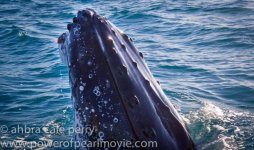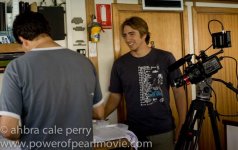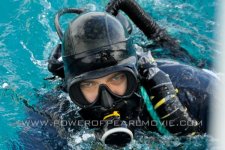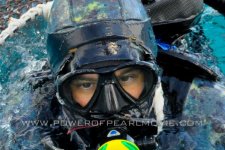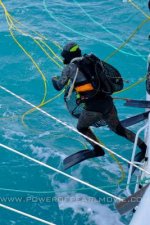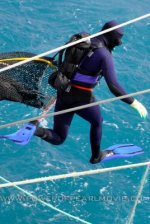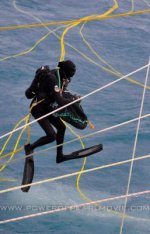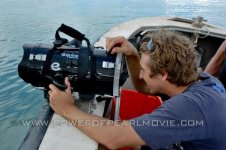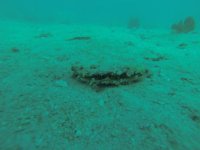Taylor and Ahbra
Filmmakers
- Joined
- Jul 23, 2012
- Messages
- 22
Hi all,
It is year three now and we are in our last stage of production. We will be deep in the outback of Australia Following the path of the White South Sea pearl. Our documentary crew will be filming the stories of Paspaley, Clipper, and James Brown of Cygnet Bay pearls. This month will be an epic adventure where we will dive down deep in the ocean, to show you what is happening below the surface, and fly high in the Australian skies, to give you a look over pearl farms that have never been seen before. These farms combined histories have more than 200+ years between them. This unprecedented look into Australian Pearling will be something you won't want to miss!
We will be posting on pearl-guide and facebook for an entire month of our journey, EVERY DAY.
If you have not visited our website please go to www.PowerofPearlmovie.com.
Facebook - https://www.facebook.com/PowerOfPearl
We hope to see you there!
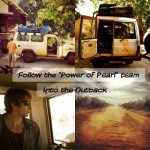
It is year three now and we are in our last stage of production. We will be deep in the outback of Australia Following the path of the White South Sea pearl. Our documentary crew will be filming the stories of Paspaley, Clipper, and James Brown of Cygnet Bay pearls. This month will be an epic adventure where we will dive down deep in the ocean, to show you what is happening below the surface, and fly high in the Australian skies, to give you a look over pearl farms that have never been seen before. These farms combined histories have more than 200+ years between them. This unprecedented look into Australian Pearling will be something you won't want to miss!
We will be posting on pearl-guide and facebook for an entire month of our journey, EVERY DAY.
If you have not visited our website please go to www.PowerofPearlmovie.com.
Facebook - https://www.facebook.com/PowerOfPearl
We hope to see you there!


